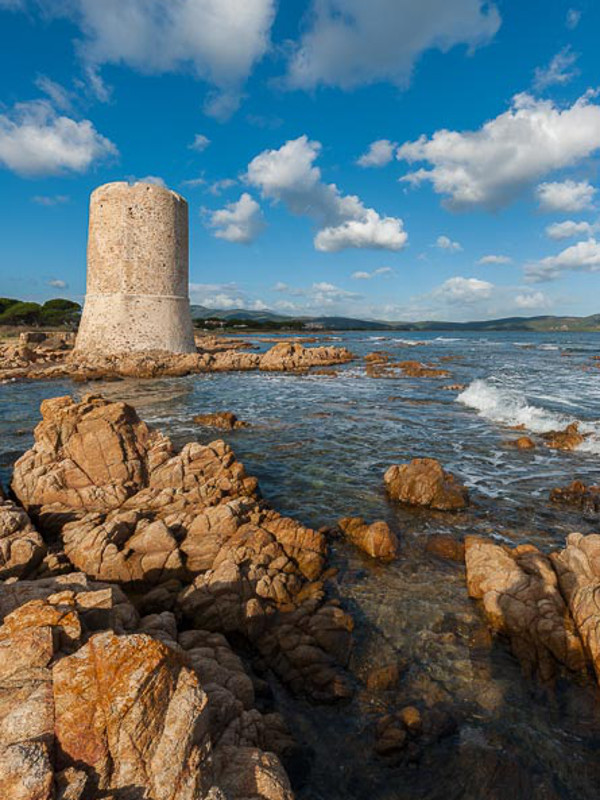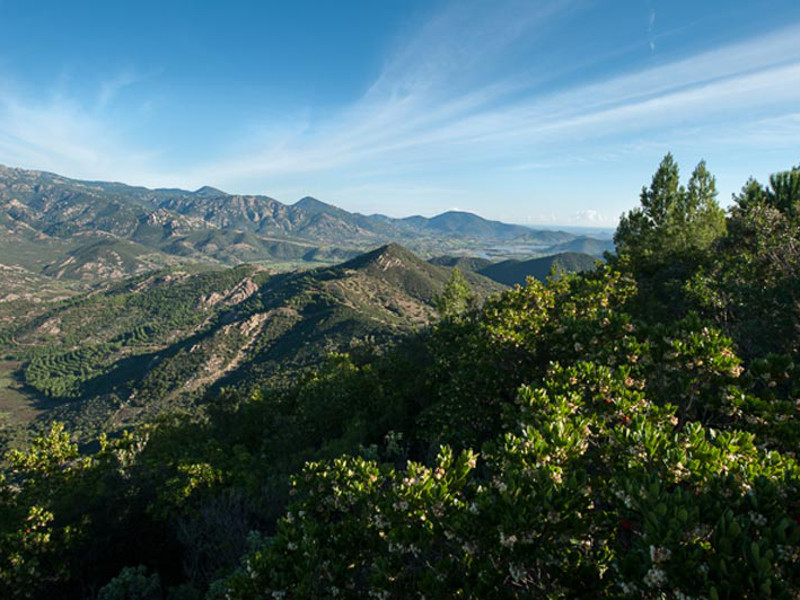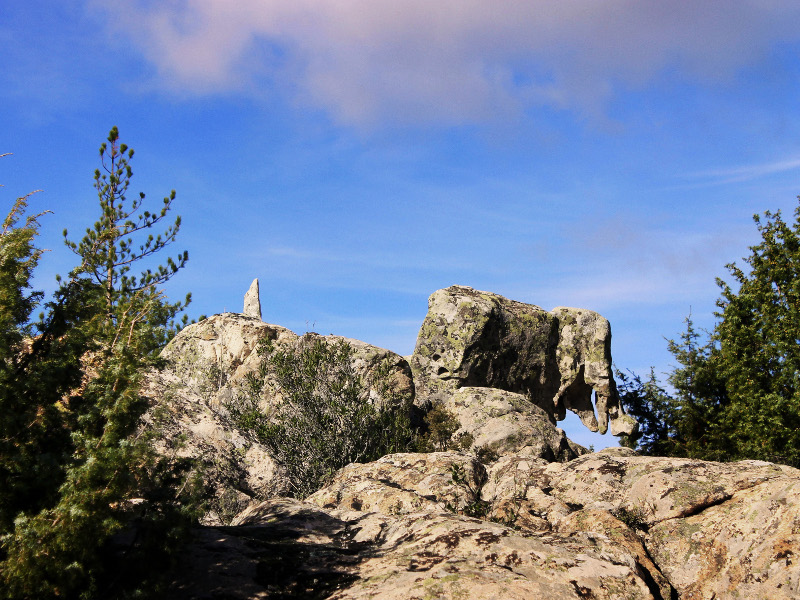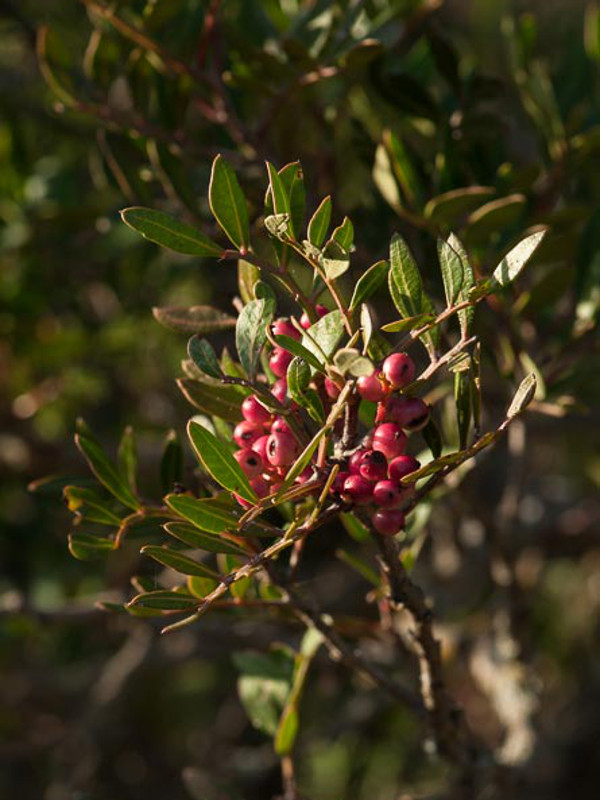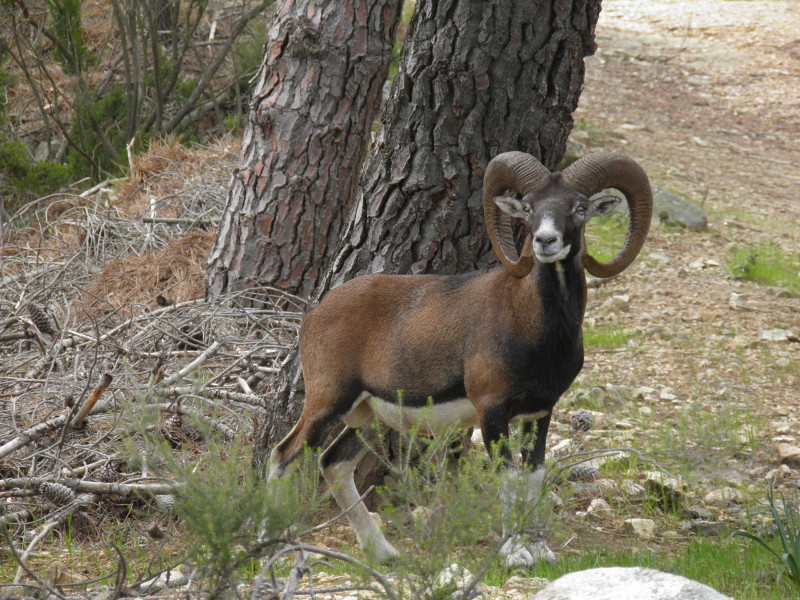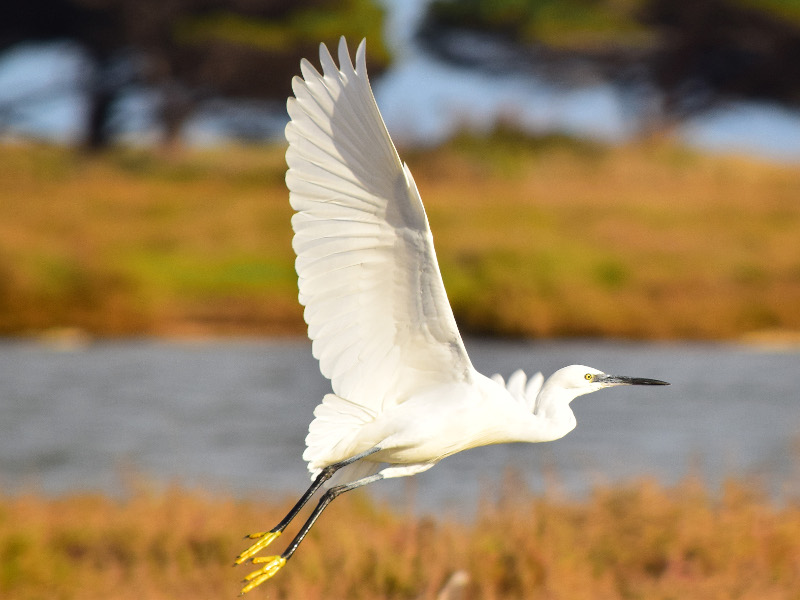Protected Area
Identity Card
- Land Surface Area: 7'877.00 ha
- Regions: Sardegna
- Provinces: Nuoro
- Municipalities: Bitti, Lodè, Posada, Torpè
- Establishment Measures: LR 21/10/14 21/10/2014
- Park Authority: Ente Parco di Tepilora
- Establishing Law (pdf - 201Kb)
History and Culture
Almost 8000 hectares of untained forests, paths, springs and waterways: the Regional Natural Park of the Tepilora Oasis, in the municipalities of Posada, Torpè, Lodè and Bitti, is the ideal destination for a holiday in harmony with nature
Located in the north west of Sardinia, the Tepilora Regional Nature Park includes a vast territory that insists on four Municipalities: Torpè, Posada, Lodè and Bitti. The park extends from the wood of Tepilora to the mouth of the Rio Posada; its fulcrum is Mount Tepilora (mt. 528 a.s.l.), a rocky tip with a rectangular profile that stands out in the thickly wooded area of Littos and Crastazza and looks towards Lake Posada. Once used for grazing and cutting wood, in the 1980s the area was subject to reforestation for 16% of the total and was equipped for hiking and fire protection, becoming a nature reserve.
The practice of establishing the Park was started in 2005 at the behest of the Municipality of Bitti, in agreement with the Sardinia Region, the Sardinian Forest Authority and the Province of Nuoro with the aim of protecting the natural resources of the area and encouraging the sustainable development of the territory. Today the Park, entirely viable, also thanks to its mild winters, is the ideal destination for a tourism in contact with nature even in the low season, between breathtaking views, fresh spring waters and typical flora and fauna: vigorous holm oaks, strawberry trees, junipers, cork trees are the habitat of animal species typical of the Mediterranean maquis, such as the Sardinian hare, wild boar, fox; there are also fallow deer and moufflons and, near the Tepilora peak, with a little luck it is possible to spot specimens of golden eagle. There is no lack of cultural attractions, linked to a rich historical-archaeological heritage, ancient traditions, crafts and food and wine. Have a good trip!
Geomorphology
Intrusive paleozoic rocks referable to granites generically form the basic rocky apparatus on which the area lies. The most significant morphological aspect is given by the greenhouses, a characteristic succession of conical crests that resemble the teeth of a saw.
Particular are also the tafoni, that is the concavities and the hollows (small and large) present in the rock or in the boulders. These grooves, of different shapes and sizes, sometimes are modeled like gigantic sculptures, and take on bizarre shapes that somehow recall shapes of animals or birds of prey.
The soils, largely little or medium deep, are permeable and with marked characteristics of erosion due to subacid to acid reaction.
The area in which the Park extends is characterized by a system of low mountains with an irregular morphology, marked by deep valleys. From an altimetric point of view, it varies from 68 mt. a.s.l. of the Rio Posada to 979 mt. of Nodu Pedra Orteddu.
The entire territory of the Park is rich in natural springs: some are clearly visible along the roads and paths and can therefore be used by visitors, others, now disappeared in the thick of the forest vegetation, remain alive only in the historical memory of the inhabitants of the area.
Many of the watercourses present, despite the prevailing torrential regime, succeed with their capacity to sufficiently host the fish fauna.
The Posada river and the Rio Santa Caterina deserve a separate mention, which together with other watercourses of minor importance, feed the ponds that run parallel to the strip of coastal dunes that characterize the Posada coast. With the abundant transport of debris, the Posada river has formed deposits of considerable thickness and has built the coastal plain where the river divagates and forks.
Flora
The territory of Tepilora, Sos Littos - Sas Tumbas and Crastazza is characterized by the presence of the evergreen Mediterranean forest or Mediterranean sclerophilous forest, a plant association composed of trees with arboreal growth that have leathery, evergreen leaves, able to resist the strong insolations of the months summer. Peculiar the presence of the holm oak tree (Quercus ilex).
In the undergrowth there are the arbutus (Arbutus unedo), the alaterno (Rhamnus alaternus), the broad-leaved phillyrea (Phillirea latifolia).
Relevant is the olive (Olea europea variety Sylvestris), rosemary (Rosmarinus officinalis), myrtle (Mirtus communis), narrow-leaved phillyrea (Phillirea angustifolia), tamarisks, heathers (Erica arborea - Erica scoparia), the tree euphorbia (Euphorbia dendroide). Among the characteristic thorny shrubs of the garrigues, with very small leaves that fall in summer, there are the Genista corsica and the esparto (Calicotome villosa and Calicotome spinosa).
There are also some species of orchids (Ophrys spp, Orchis spp and Serapias spp), of liliacea like asphodel, wild asparagus (Ornithogalum spp) and some species belonging to the family of garlic (Allium spp).
Overall, deciduous (33%), coniferous (14%), Mediterranean (17%), garrigue (12%) forests prevail. Artificial recolonization areas occupy 16% of the territory.
Fauna
From the wildlife point of view, the Park territory includes typical species of the Mediterranean maquis such as the wild boar (Sus scrofa meridionalis), the Sardinian hare (Lepus capensis mediterraneus), the fox (Vulpes vulpes ichnusae), the wild cat (Felis lybica sarda). In recent years, numerous specimens of fallow deer (Dama dama) and mouflon (Ovis ammon musimon) have been spotted from the forest areas of Sos Littos - Sas Tumbas.
The most interesting element is the presence of the golden eagle (Aquila chrysaetos), whose nesting site is located near Mount Tepilora. However, it is not difficult to see the peregrine falcon (Falco peregrinus), the sparrow hawk (Accipiter nisus) and the buzzard (Buteo buteo arrigonii). For some years the Sardinian Forest Authority has successfully undertaken the repopulation program of the Sardinian partridge (Alectoris barbara), preparing the necessary pre-settling aviaries.
Finally, the area of the Posada river and its ponds is particularly attractive due to the rich marsh vegetation and the birds that populate it: pyro-pyro (Actitis hypoleucos), little stints (Calidris minuta), couriers (Charadrius hiaticula), kentish plovers (Charadrius alexandrinus), gulls (Laridae Rafinesque), and some species of slow-fish such as western swamphen (Porphyrio porphyrio Linnaeus), water rail (Rallus aquaticus Linnaeus), coot (Fulica atra) and water hen (Gallinula chloropus) that nest in the riparian vegetation.



